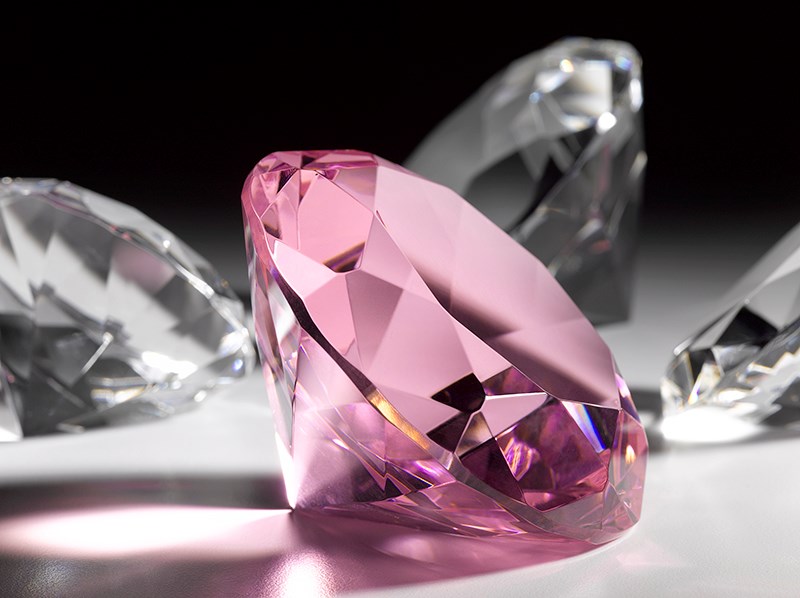Years ago, I had my colours done, a wardrobe assessment to see what best suited my skin tone. I am a “winter” and silver (cool) tones look better on me than gold ones. I felt enlightened; this could save me time and even money.
Years later, however, I would learn that more than 20 tonnes of mine waste are produced for an average 18-karat gold ring.
Below are just some of the staggering facts revealed by earthworksaction.org; Nature Ontario’s 2013 report, Mining In Ontario: A deeper look; and by thegreenerdiamond.org:
THE DIRTY REALITY
• For every diamond extracted from De Beers’ open-pit Victor mine in Ontario, some 100 tonnes of material are excavated.
• Half of the world’s diamonds end up in America, where 70% of women own at least one diamond. Women – who usually identify with nurturing and protecting their children — are driving the demand for earth-mined diamonds, a phenomenally dangerous trade.
• In 2007, Amnesty International estimated that 3.7 million people had died as the result of conflicts fuelled by diamonds. The sourcing of gold, silver and gems also destroys indigenous communities and massively poisons ecosystems.
• Approximately one quarter of the 25 million artisan small-scale gold miners worldwide are children and women, providing 15 to 25% of the global gold supply, mainly through a black market. Even if you do not wear jewellery, your smart phone or computer very likely contains “dirty” or “conflict” gold.
• Mining is one of the least efficient industries. For a typical Canadian mine, 42% of material extracted from the ground is rejected up front as waste rock; 56% is turned into slag and toxic tailings, leaving a mere 2% able to be converted into value.
• The mineral sector is the fourth largest industrial water user in Canada, consuming some 1.7 billion cu. m of fresh water per year, of which 78% is discharged untreated into lakes and rivers.
• Much of a mine site’s waste remains hazardous in perpetuity due to the risk of acid mine drainage (sulphides in rock exposed to water and air, forming sulphuric acid) and toxic heavy metals (cyanide, mercury, copper, lead, arsenic, cadmium, selenium, zinc and nickel). For example, the Mount Washington Mine near Comox produced copper for only three years, after which its toxic copper leachate contaminated the headwaters of the Tsolum River, destroying a multi-million-dollar salmon fishery. Similarly, the August 2014 failure of Imperial Metals’ Mount Polley copper and gold mine tailings pond has devastated the Polley and Quesnel lakes ecosystem.
• Since 2002, Canada’s federal, provincial and territorial governments have spent $1 billion to manage the 10,000 plus abandoned mines across Canada. B.C.’s abandoned Britannia copper mine caused acid mine drainage for years, adversely affecting an ecosystem supporting chinook and chum salmon until a costly publicly-funded rehabilitation program began to address it.
WISE CONSUMER
There are environmentally, ethically and economically superior alternatives to earth-mined precious metals. Try changing just a few of your purchases to make them better reflect the things you truly value:
• Purchase consigned jewellery. This not only protects new natural resources from destruction and saves you money but vintage diamonds are guaranteed to be conflict-free since the practice of using diamond wealth to fund wars began in the early 1990s.
• Purchase man-made diamonds. Today, it is possible to make diamonds — called moissanite — in a laboratory that are not only more affordable than earth-mined diamonds but possess 2.4 times the “fire” and 1% more brilliance and lustre.
• If you do choose to buy an earth-mined diamond, thegreenerdiamond.org provides comprehensive guidelines and questions to ask your jeweller.
• Purchase a setting/ring made from recycled precious metals; gold has as much conflict as diamonds.
• Support a charity, volunteer and/or tell a friend what you have learned. Visit http://thegreenerdiamond.org/get-involved-3/ for details.
--Melissa Chaun of Port Moody is an ecologist with a passion for all things sustainable. She has a certificate in Sustainable Community Development, volunteers on various city committees and is currently co-ordinating the monthly meetings for Tri-City Greendrinks. Her column runs monthly.



